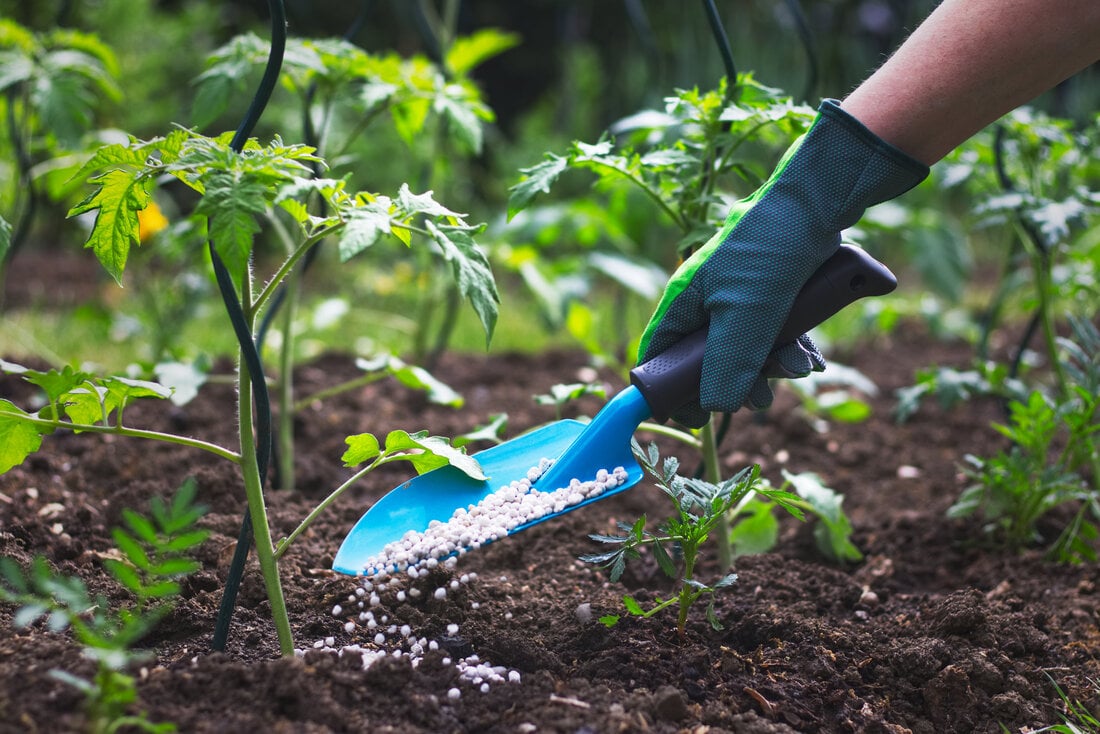

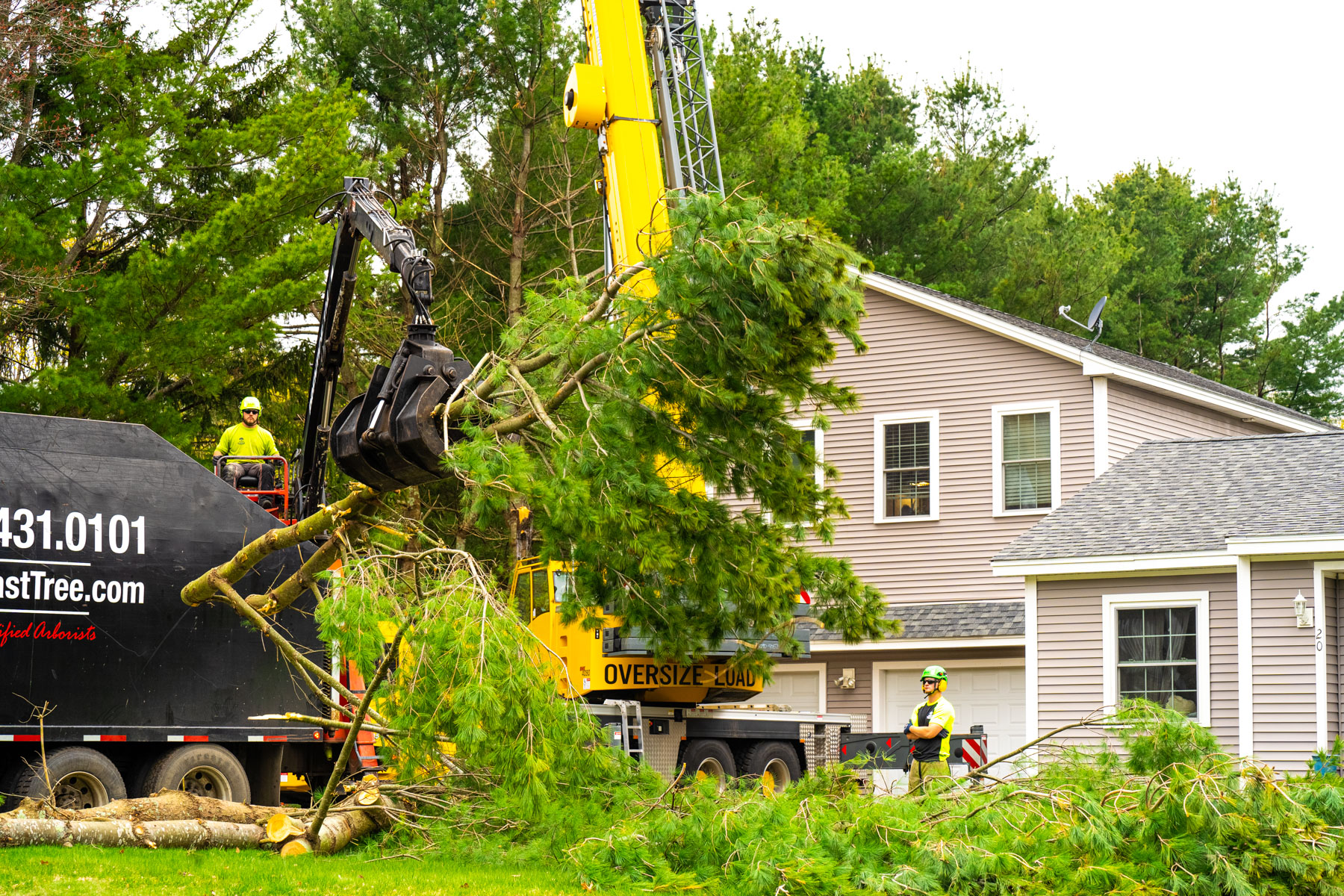
Your trees are such a beloved part of your New England landscape. The last thing that you want is to see them succumb to problems.
Unfortunately, tree diseases in New England can wreak havoc on trees. Just like humans, when trees get sick with a disease, their overall health can really struggle.
That’s why it’s important to stay on top of your trees’ health.
In this article, we’ll dive into four common tree diseases in the Northeast and what to do about them.
While there are a number of tree diseases in Massachusetts, Maine, and New Hampshire, in this article, we’ll cover four common examples.
Apple Scab is a fungus that can attack both wild and cultivated apple and crabapple trees (two very common trees here in New England). Typically, the first signs are on the leaves surrounding the flower buds. But as Apple Scab spreads, the lesions can become more pronounced. You might see yellow, greenish, or brown spots on the leaves. Spots can eventually turn black.
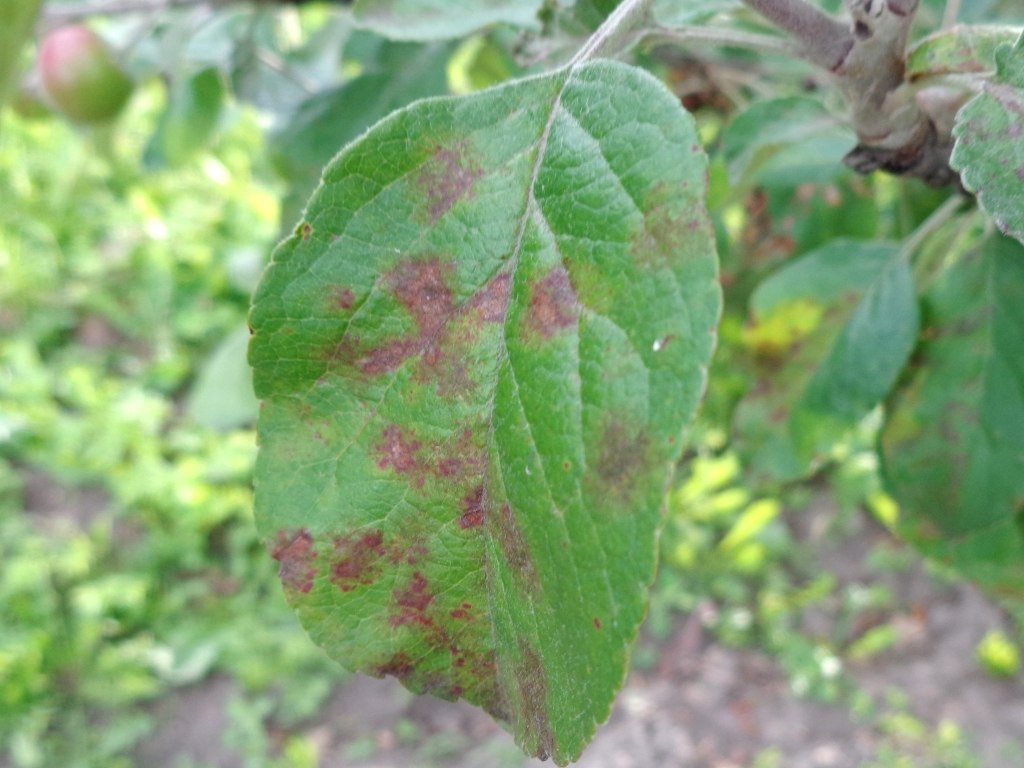
This disease can become most severe during periods of wet weather (which promote fungal growth). If severely infected, your tree’s leaves may become dwarfed or twisted…or start to fall off. It’s also common for the tree’s fruit to become infected.
This is another fungal disease, which in this case, affects spruce trees. It can lead to the death and dropping of your spruce trees’ needles. But first, you might notice the needles becoming spotted or turning yellow (or brown).
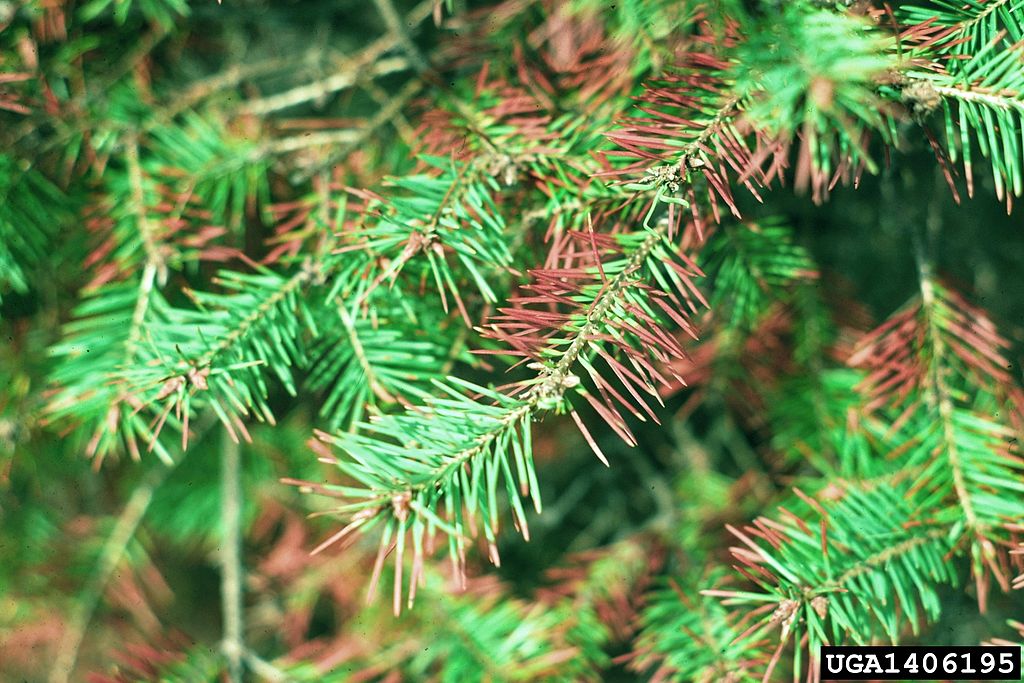
This tree disease is sometimes misdiagnosed as spider mite damage which is why it’s important to work with professional tree care for a proper diagnosis.
Anthracnose is a group of related fungal leaf and stem diseases that have been known to infect deciduous trees like Sycamore, Ash, and Dogwood. Anthracnose tends to be more prevalent during periods of rain in the spring or summer. These hot and wet conditions allow fungi to thrive.
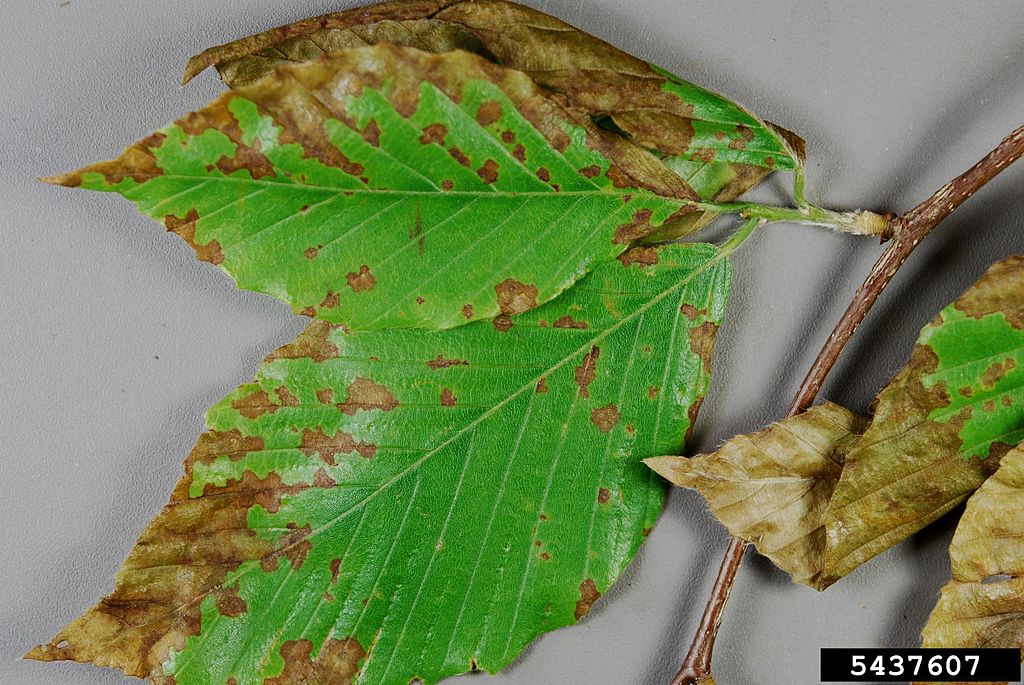
Signs of Anthracnose include spots on leaves, browning areas around the veins, premature defoliation, and twig and bud death. Dying buds are sometimes misdiagnosed as frost damage, again, making it important to work with a pro for a proper tree disease diagnosis.
Leaf Spot is a common descriptive term that is used for a variety of diseases that impact the foliage of plants. These types of diseases thrive in hot and wet conditions. Spots can range from small and barely noticeable to large areas that take over the entire leaf. Leaf damage can lead to leaves falling from the tree prematurely.
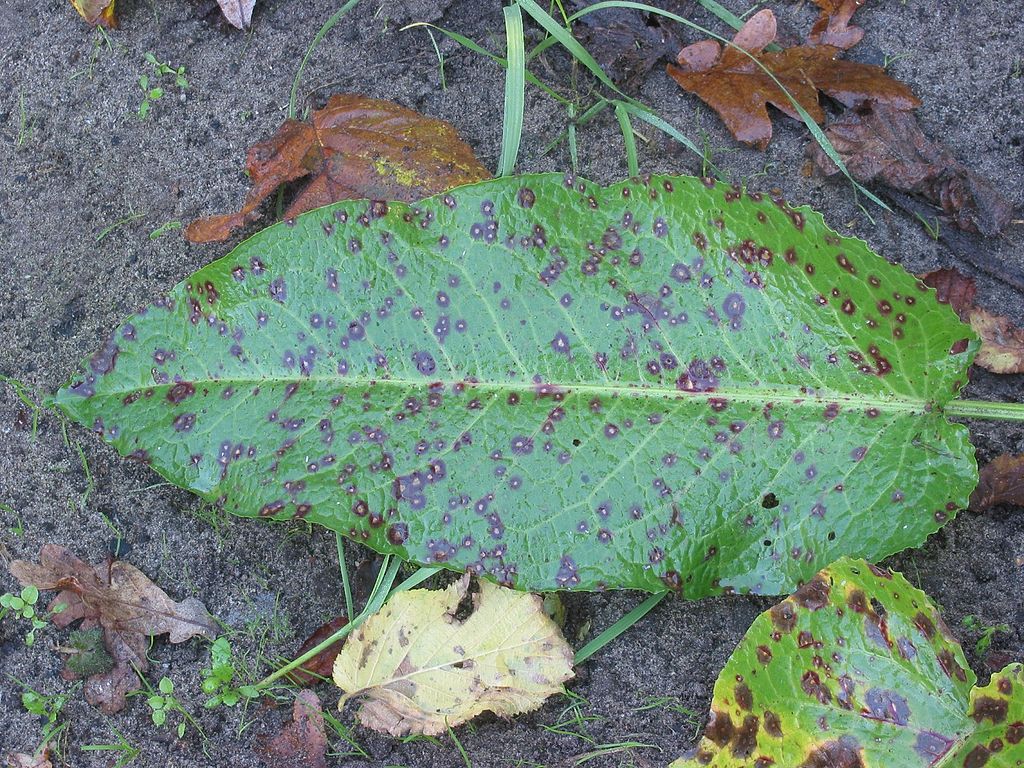
When leaf spots are truly caused by a disease, the most common culprit is a fungus. But it’s important to keep in mind that pests can also lead to leaf spots, which is why it’s critical that a professional make the proper tree disease diagnosis.
Spotting any of these tree diseases in New England as early as possible is important. As you might imagine, tree diseases are most easily managed in their early stages. Any time that you can get ahead of a problem before it becomes more severe is optimal.
The best tree disease treatment option is going to depend on what you’re dealing with. This is why we’ve stressed that the proper tree disease diagnosis is the key to success. Sometimes tree disease symptoms do mimic those of other problems (like pests or even environmental stressors). You want to make sure that you’re treating the actual problem.
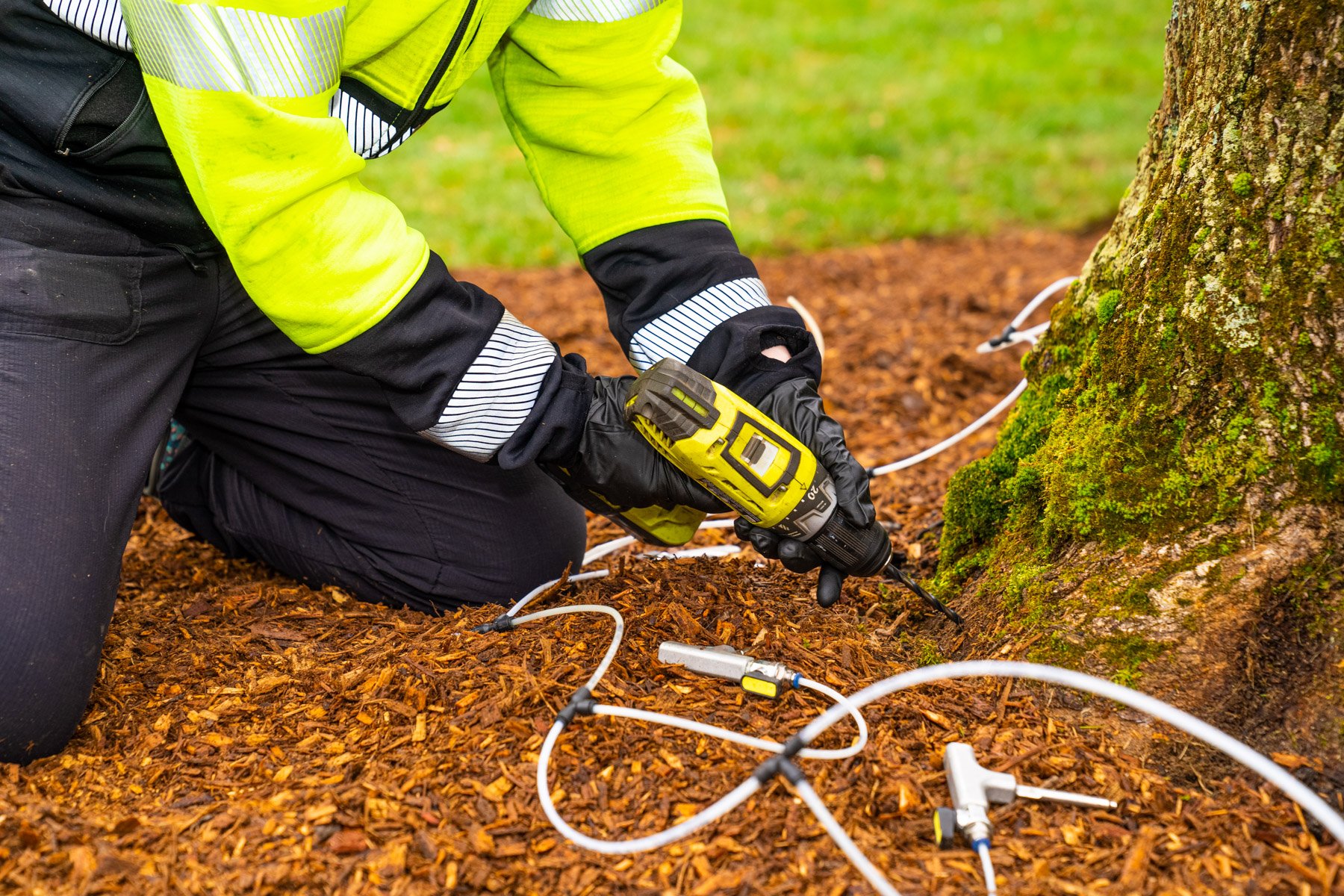
In some cases, the wrong treatment plan can make a problem worse.
Often, fungicides can be an effective course of action. But sometimes proper pruning can also come into play. You’ll want to make sure that any diseased areas are pruned out to prevent the further spread of certain tree diseases.
It’s important to work with a tree care professional who has the horticultural knowledge and experience to make the best choices for your New England trees.
At Seacoast Tree Care, we take the health and care of trees quite seriously. We view ourselves as trees’ guardians and believe that it is our role to help nurture and preserve their health. We provide tree care in the seacoast region of Southern New Hampshire, Southern Maine, and Northeastern Massachusetts.
If you are already dealing with a tree disease, we can determine the best course of action that should be taken. But if you’re just looking to prevent tree diseases (we love your proactive attitude), we also have a plant health care program that can help.
While some tree diseases can’t be prevented, it’s important to recognize that a healthier tree faced with a disease is going to fare better than one which is already struggling.
By choosing to work with a tree care professional that has significant experience, training, and skill (including horticultural expertise), you can feel confident that the best decisions are being made for your trees.
That means you’ll get peace of mind that your New England landscape is in good hands.
Ready for healthier trees at your Southern NH, ME, or MA home? Request your consultation and have your New England trees evaluated. By making a wise choice, you’ll know your trees are in good hands.
Image Source: Apple Scab, Needle Cast, Anthracnose, Leaf Spot